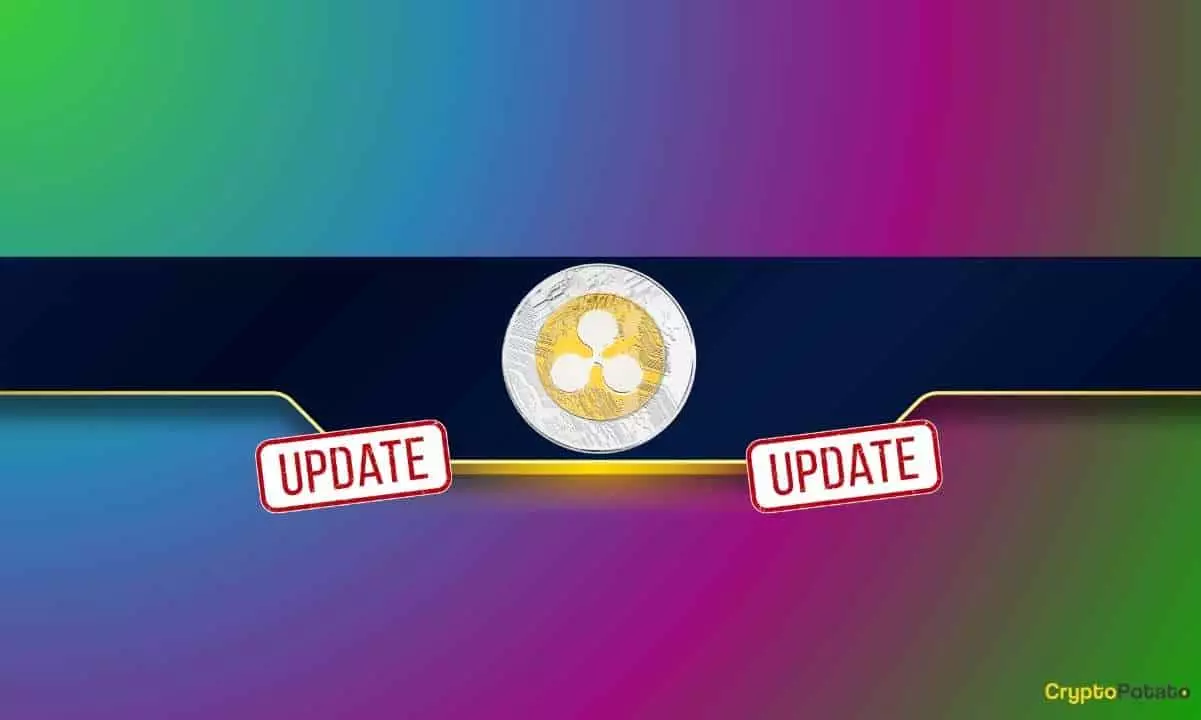Ripple, a prominent player in the cryptocurrency industry, has recently announced its plans to launch a stablecoin known as Ripple USD (RLUSD) in 2024. This stablecoin is set to be available on both the XRP Ledger and Ethereum platforms, aiming to act as a bridge between traditional finance and the crypto industry. Despite the potential benefits of this new development, it has already faced criticism from the United States Securities and Exchange Commission (SEC) for being labeled as an “unregistered crypto asset.”
The SEC and Ripple have been embroiled in a legal battle for years, with the recent lawsuit alleging that Ripple conducted an unregistered securities offering through the sale of its XRP token. The case has now entered its trial phase, with the SEC seeking a hefty $2 billion fine on Ripple. In response, Ripple has vehemently opposed this fine, arguing that there are no direct allegations of fraud in the case. This ongoing legal dispute has cast a shadow over Ripple’s future plans, including the launch of its stablecoin.
On the price front, Ripple’s native token XRP has experienced a downturn, trading at around $0.47. Despite this decline, some analysts, such as EGRAG CRYPTO, view this as a potential buying opportunity. The Relative Strength Index (RSI) for XRP has reached low levels in recent days, with the current ratio standing at 42. The RSI serves as an indicator of price movements and could signal the next move for the asset. A ratio above 70 suggests that the token may be overbought, potentially leading to a correction in its price.
Market predictions for XRP have been varied, with some speculating that its valuation could decrease in response to rising inflation in the United States. However, the actual inflation rate turned out to be lower than expected, leading to a spike in XRP’s price to almost $0.50. This unpredictability in the market highlights the challenges that Ripple and other cryptocurrencies face in navigating regulatory hurdles and market dynamics.
Ripple’s plans for a stablecoin amidst SEC criticism underscore the complexities and uncertainties inherent in the cryptocurrency industry. While Ripple seeks to innovate and bridge the gap between traditional finance and digital assets, it must also contend with regulatory scrutiny and market volatility. The future success of Ripple and XRP will depend on how effectively they navigate these challenges and adapt to the evolving landscape of cryptocurrency regulations and market trends.

